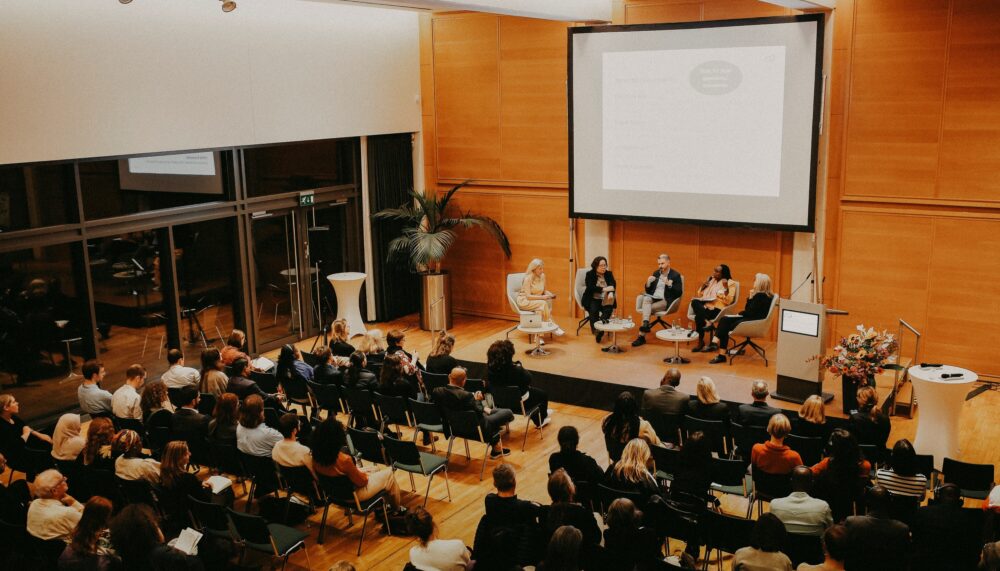1 May 2010
The Basque Country: The Long Walk to a Democratic Scenario
Transitions Series No. 7

The objective of the present study is to analyse the evolution of the conflict between the Spanish state and the Basque Country, from the creation of Euskadi Ta Askatasuna (ETA - Basque Country and Freedom) in 1958 to the present, from the point of view of the pro-independence forces. We will start with a quick overview of the origins of the conflict, before presenting the formation and development of the so-called “abertzale left” (Ezker Abertzalea) – which could be translated, and will be at times referred to here, as the patriotic left, nationalist left or pro-independence left. We will also look at the various phases of the search for a solution to the conflict through dialogue and negotiation. Although we will mention the relationship between the northern territories of the Basque Country and France as part of the historical analysis, we will not be studying the development of the nationalist and identity movement in the north. Instead, we will focus here on the conflict between the Spanish state and the Basque Country.
Authors
Urko Aiartza Azurtza, Julen Julen Zabalo
Editors
Véronique Dudouet, David Bloomfield
About this Publication Series
This case study is one of a series produced by participants in an ongoing Berghof research project on transitions from violence to peace. The project’s overall aim is to learn from the experience of those in resistance or liberation movements who have used violence in their struggle but have also engaged politically during the conflict and in any peace process. Recent experience around the world has demonstrated that reaching political settlement in protracted social conflict always eventually needs the involvement of such movements. Our aim here is to discover how, from a non-state perspective, such political development is handled, what is the relationship between political and military strategies and tactics, and to learn more about how such movements (often sweepingly and simplistically bundled under the label of non-state armed groups) contribute to the transformation of conflict and to peacemaking. We can then use that experiential knowledge (1) to offer support to other movements who might be considering such a shift of strategy, and (2) to help other actors (states and international) to understand more clearly how to engage meaningfully with such movements to bring about political progress and peaceful settlement.
- M-19's Journey from Armed Struggle to Democratic Politics: Striving to Keep the Revolution Connected to the People. Berghof Transitions Series No. 1
Mauricio García Durán, Vera Grabe Loewenherz, Otty Patiño Hormaza. 2008
- The ANC and South Africa’s Negotiated Transition to Democracy and Peace. Transitions Series No. 2
Mac Maharaj. 2008
- Seeking State Power: The Communist Party of Nepal (Maoist). Transitions Series No. 3
Kiyoko Ogury. 2008
- The Politics of Transformation: The LTTE and the 2002-2006 peace process in Sri Lanka. Transitions Series No. 4
Suthaharan Nadarajah, Luxshi Vimalarajah. 2008
- From Politics to Arms to Politics Again: The Transition of the Gerakan Aceh Merdeka (Free Aceh Movement - GAM). Transitions Series No. 5
Agus Wandi, Wolfram Zunzer. 2008
- The Road to Peace in Ireland. Transitions Series No. 6
Bairbre de Brún. 2008
- The KLA and the Kosovo War: From Intra-State Conflict to Independent Country. Transitions Series No. 8
Armend R. Bekaj. 2010
- From Revolutionary War to Democratic Revolution: The Farabundo Martí National Liberation Front (FMLN) in El Salvador. Transitions Series No. 9
Alberto Martín Álvarez. 2010
- The CNDD-FDD in Burundi: The path from armed to political struggle. Transitions Series No. 10
Willy Peter Nindorera. 2012
- Le CNDD-FDD au Burundi: Le cheminement de la lutte armée au combat politique. Transitions Series No. 10
Willy Peter Nindorera. 2012
- “Living Freedom” – The Evolution of the Kurdish Conflict in Turkey and the Efforts to Resolve It. Transitions Series No. 11
Adem Uzun. 2014
- ETA’s disarmament in the context of international DDR guidelines: Lessons learnt from an innovative Basque scenario. Transitions Series No. 12
Basque Permanent Social Forum. 2017
- Peace Prevails: A Review of the Process to Peace and Reconciliation between the Afghan Government and Hezb-e Islami. Transitions Series No. 13
Mushtaq Muhammad Rahim. 2019
- صلح پیروزی است. مروری بر پروسه صلح و مصالحه میان حکومت افغانستان و حزب اسلامی
Mushtaq Muhammad Rahim. 2019
- سوله بریا ده. د افغان حکومت او حزب اسال مي تر منځ د سولې هوکړه لیک
Mushtaq Muhammad Rahim. 2019
Thanks for your interest
If you find this publication useful, please consider making a small donation. Your support enables us to keep publishing.








